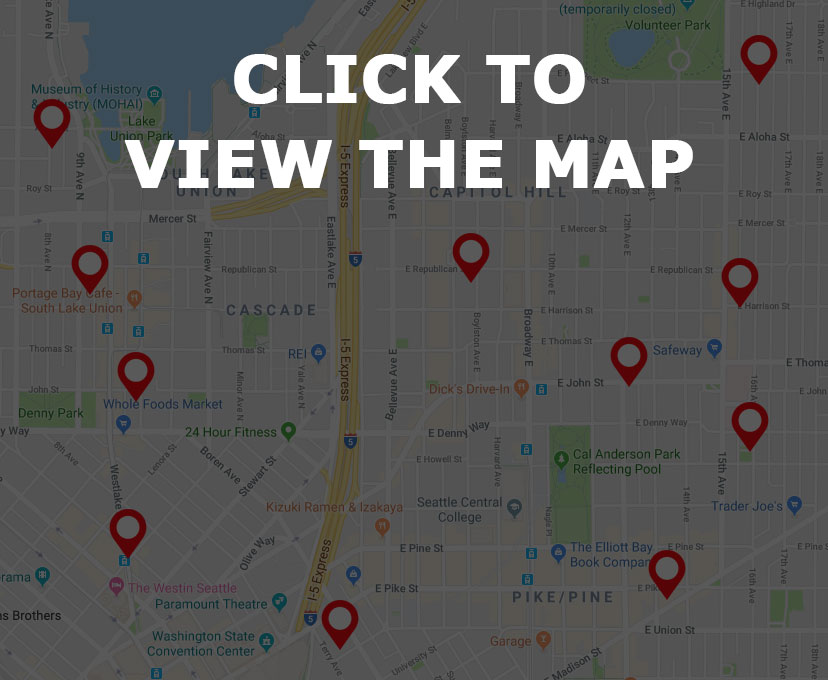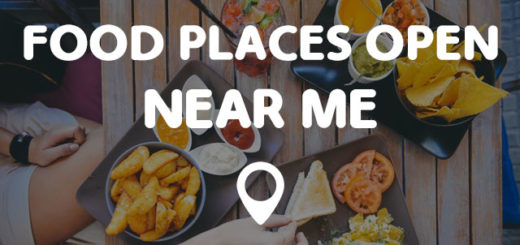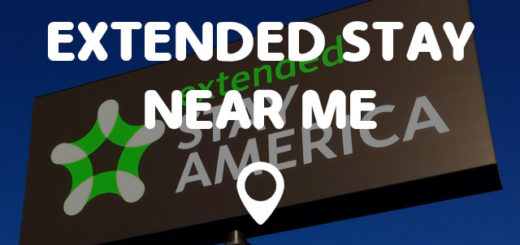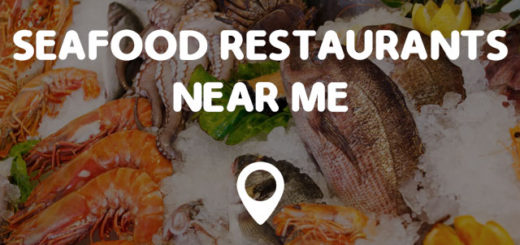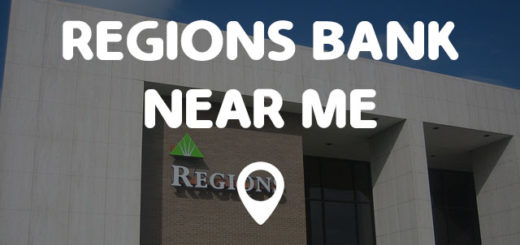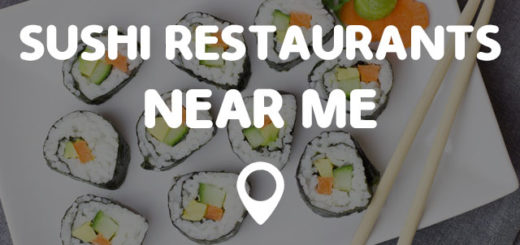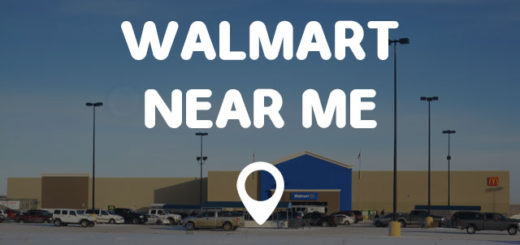Bakery Near Me
A bakery is a type of store in which bakers create and sell flour- and bread-based products. The most common type of product sold is bread, but other products are also widely sold, such as cookies, cakes, pastries and pies. Some bakeries are combined with cafés, and sell coffee and tea to their customers.
Some bakeries are simple, independent stores, but some are parts of nationwide chains, with locations all over the country. Bakeries sometimes specialize their services, for example wedding cakes, or gluten-free foods, while others sell wide ranges of products. Since the invention of baking, bakeries have become very common, in countries all over the world. To find your closest bakery, just search for “bakery near me”.
Bakery Near Me – Find it on the Map
Bakery Near Me – Bakery Trivia
How old is baking?
Baking was developed early in the days of the Roman Empire. The Roman citizens loved baked goods, and demand was very high. By around 300 BC, baking was considered a respectable profession. The demand for baked goods began to spread over Europe and into Asia, and the first bakers’ guild was created in 168 BC in Rome. Baked products were sold on the streets, until the first bakeries started to appear in Paris. By the end of the 1700s, bakeries were viewed as places for customers to gather and socialize.
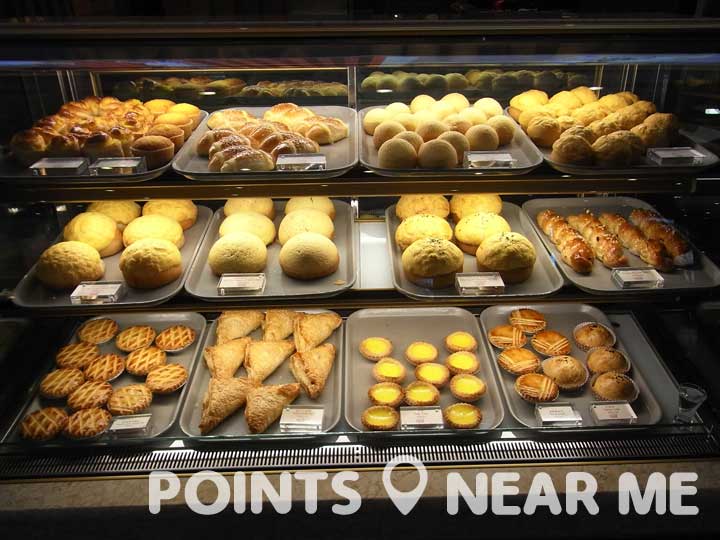
There is a wide variety of pastries for you to choose from at your local bakeries!
During World War II, baking schools in the United Kingdom were shut down, and by the end of the war, there was a shortage of skilled bakers. As such, baking techniques began to be revolutionized and developed further, and today the older methods have all but disappeared.
How is bread made?
Bread was one of the earliest prepared foods. Evidence of bread goes back as far as thirty thousand years! The earliest breads from that era were simply starch residue from plants, that was spread onto flat rocks and cooked in fires, in order to make primitive flatbreads. The spread of agriculture greatly increased the ability to make bread, however. The simplest bread is a mixture of flour and water, which is usually baked. Other breads are created using different grains than wheat. Some use yeast to raise the dough. Some baked goods have other ingredients such as cheese added, for extra flavor and texture. Other breads can contain milk, sugar, eggs, spices and seeds such as sesame or poppy.
What other products do bakeries sell?
Bakeries sell all sorts of bread, such as cornbread, potato bread and flatbreads. They also sell pies, tarts, pizzas, muffins, pretzels, biscotti, biscuits, crackers and bread rolls. Bakeries that sell cakes sometimes also offer cake decorating services. Sometimes they specialize in wedding, birthday or anniversary cakes. Some bakeries sell products that are particular to different regions around the world, for example Asian bakeries. Others might specialize in gluten-, dairy- or nut-free goods, for those with allergies.
Where are bakeries found?
Bakeries are found all over the world. Some exist as stores by themselves, while others can be found as parts of other stores, like cafés, where the baked goods complement the other products in the store. Some supermarkets and grocery stores have their own bakery departments, where fresh breads and other items may be purchased.
To find a bakery close to you, simply search for “Bakery near me”.
Bakery Near Me – Bakery Facts
By about 2500 BC, the ancient Greeks already had over eighty different types of bread! In ancient Egypt, bread was actually used as a type of currency. It was even placed into their tombs. Bread was also used as a currency and a form of credit in Medieval France. Louis IV, king of France in the 900s, once said “He who controls a nation’s bread is a greater ruler than he who controls their souls”.
Bakers used to sell their products by weight, and would be fined if any of their bread loaves were found to be underweight. To protect against this, bakers would add one extra loaf for every dozen, which is the origin of the term ‘baker’s dozen’, meaning thirteen.
In Scandinavia, it is believed that if a boy and a girl eat bread from the same loaf, they are destined to fall in love.
The word sandwich comes from the 18th century English aristocrat John Montagu, the 4th Earl of Sandwich, a historic parish of Kent, England. It is said that he ordered his servant to bring him meat between two pieces of bread, and others began to request “the same as Sandwich”. Rumors are that Sandwich was fond of this type of food because it would allow him to continue to play cards without needing to use a fork to eat, and without getting greasy hands. It is believed that prior to this, sandwiches were simply known as bread-and-meat, or bread-and-cheese.
A court in Boston, Massachusetts, declared that a sandwich must include two pieces of bread, and that burritos, tacos and quesadillas are not sandwiches because of this. This ruling came from a case in which a restaurant was selling burritos in a mall in which another store contractually had exclusive rights to sell sandwiches.
The world’s largest piece of pita bread was made in Greece in 2001. It measured 6.23 feet by 5.24 feet, and had a thickness of over an inch!
The expression “kiss the cook” comes from an old tradition in which it was customary for the person who ate the last piece of bread from a loaf to kiss the cook who prepared it. Some superstitions hold that it is bad luck to turn a loaf of bread upside down, or to cut a loaf that is unbaked.
Pre-sliced bread was invented very recently, in 1928 by Otto Rohwedder. Many people believed that this was merely a passing fad; they assumed that sliced bread would go stale more quickly.
Bread has several celebratory days: February 23rd is National Banana Bread Day, April 1st is National Sourbread Dough Day, December 22nd is National Date Nut Bread Day and September 16th is National Cinnamon Raisin Bread Day!
You can easily find your closest bakery, just search for “Bakery near me”!

